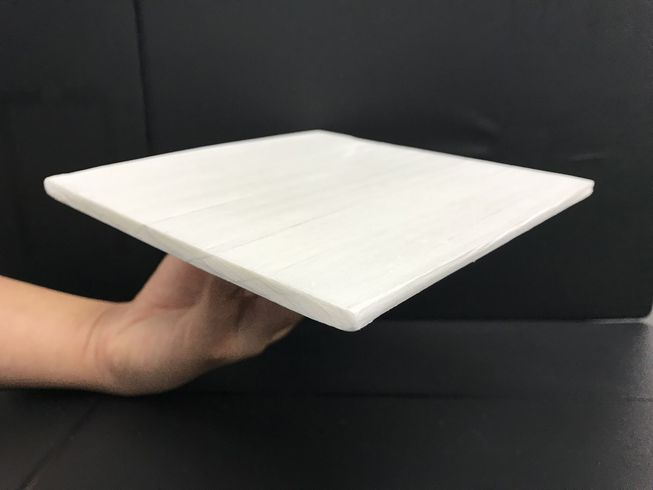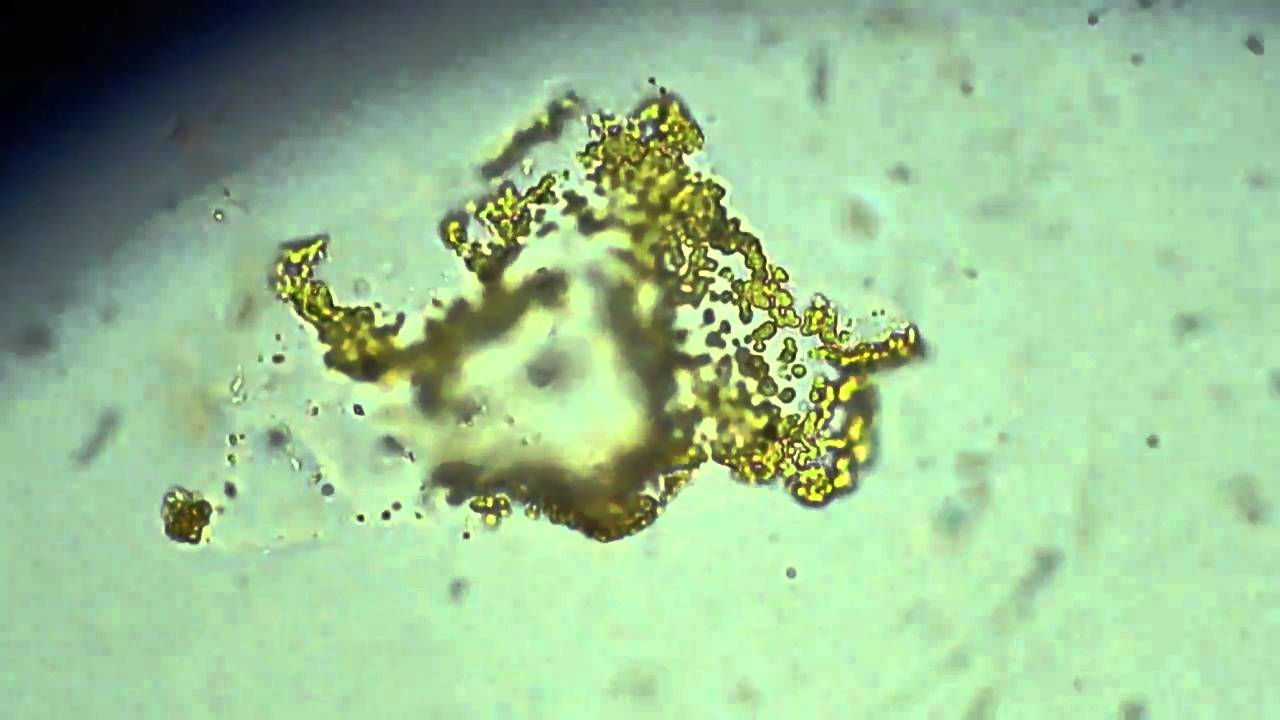
Scientists develop a super-strong wood that completely reflects the sun's heat
Researchers have re-designed the material to make it entirely impervious to visible light, while only absorbing the slightest levels of near-infrared.
Rather than absorbing sunlight, the new wood could bounce it right back into the environment. In effect, homes made from this material would be able to prevent virtually all heat from seeping indoors, potentially easing our reliance on air conditioning in summer months.
When applied to building, this game-changing structural material cools without the input of electricity or water.
Air conditioning saves lives, especially in climates where heat takes a deadly toll on air quality. But we also know that as we dial up the AC, we also dial up demand on fossil fuel-burning power plants. And emissions from those plants stir up an atmospheric cocktail that can be just as toxic.
To make that kind of "cooling" wood, scientists used hydrogen peroxide to strip away the lignin, a support element in the cell walls of trees. That process exposed only the wood's cellulose, which is a powerful building block of plants and trees. It's also incredibly impervious to the sun's energy.
What's more, the lignin-free wood allows heat produced indoors to escape. That's because indoor heat occupies a slightly different wavelength than your garden variety sunlight — a wavelength that doesn't get repulsed by the new wood variant. So, by day, the sun's heat is kept at bay, and at night, indoor heat dissipates into the environment, although the team admits this could be an issue when it comes to actually retaining heat indoors.
Another benefit to wood made entirely of cellulose? It's incredibly strong. In a previous study, researchers noted that cellulose nanofibers outperform steel and spider silk as the "strongest bio-material" on Earth.
The University of Maryland team claims the new wood packs a tensile strength of around 404 megapascals, or more than eight times that of natural wood. That puts it somewhere in the neighborhood of steel.
That kind of strength, in addition to the insulation factor, could make the new wood a solid candidate for transforming the concrete and steel jungle of a city into something closer to a real jungle.
 English
English Arabic
Arabic


